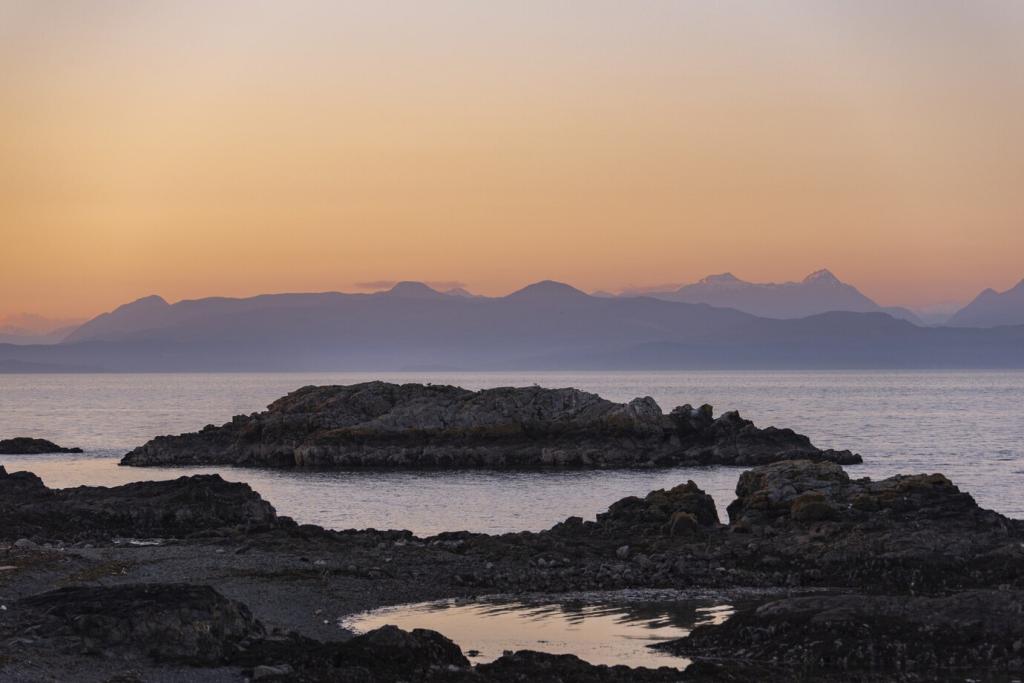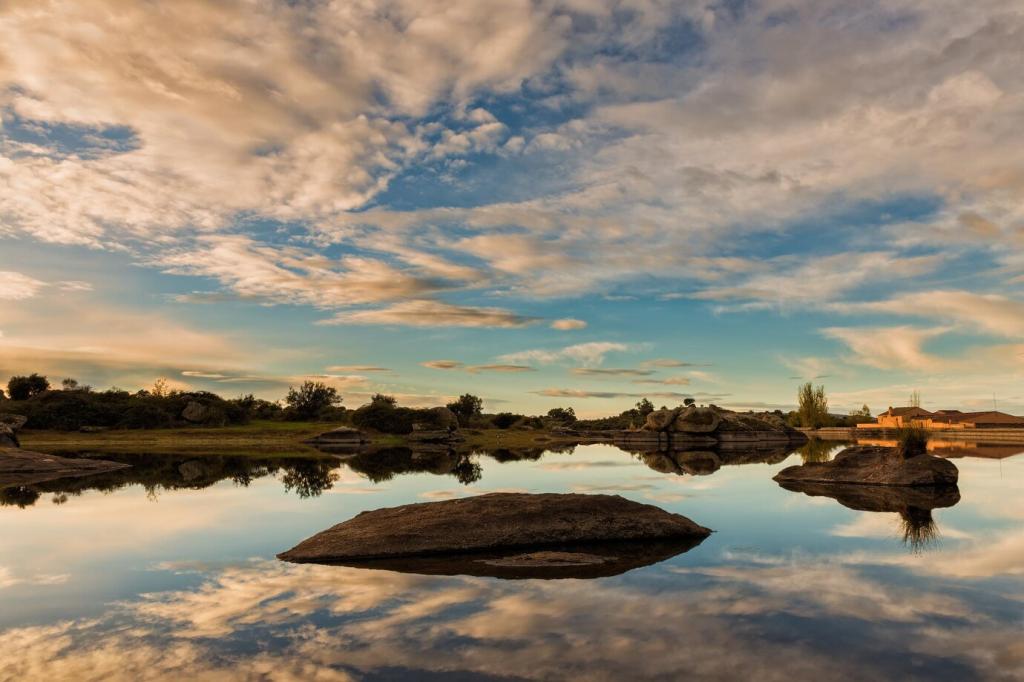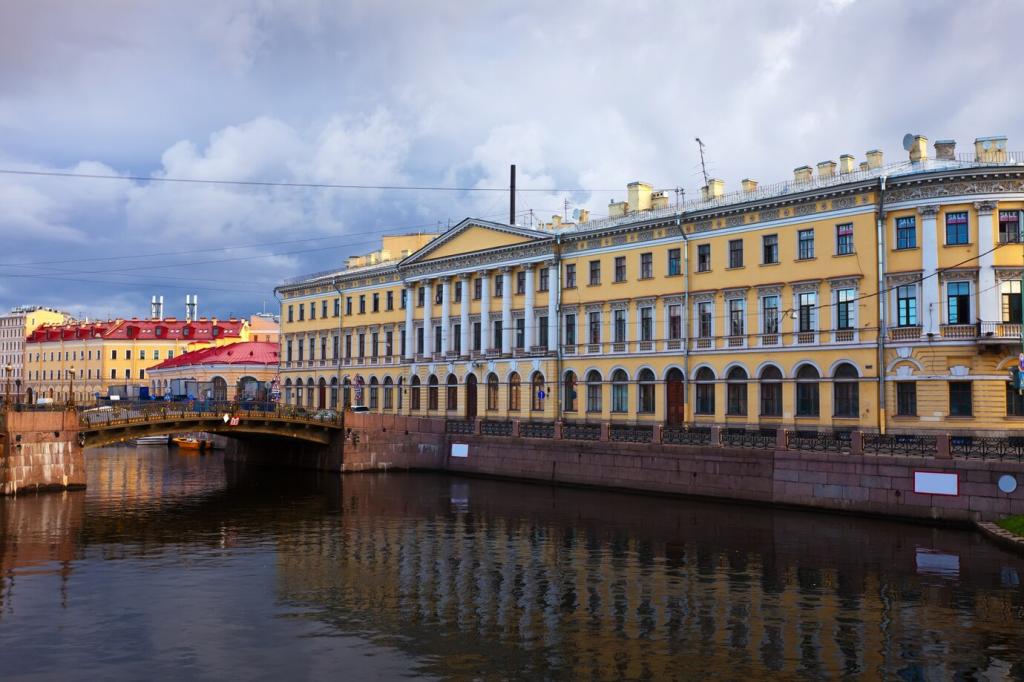Travel Itineraries for Impressionist Landscapes
Walk Monet’s paths, notice the Japanese bridge, and watch reflections tangle lilies with sky. Bring a pocket notebook to track color shifts as clouds pass. Share a page from your notes so others can feel that luminous hush.
Travel Itineraries for Impressionist Landscapes
Cliffs at Étretat carve sails of chalk into a moody Channel. Morning blue differs wildly from late afternoon green. Paint small panels at different hours and compare. Tell us which hour delivered the truest edge of the sea.
Travel Itineraries for Impressionist Landscapes
Trains carried painters to Pontoise and Argenteuil, shrunk travel time, and expanded horizons. Recreate that rhythm: ride, sketch, stop. Post your quick train-window color notes, and describe how motion altered your sense of distance and scale.
Travel Itineraries for Impressionist Landscapes
Lorem ipsum dolor sit amet, consectetur adipiscing elit. Ut elit tellus, luctus nec ullamcorper mattis, pulvinar dapibus leo.



